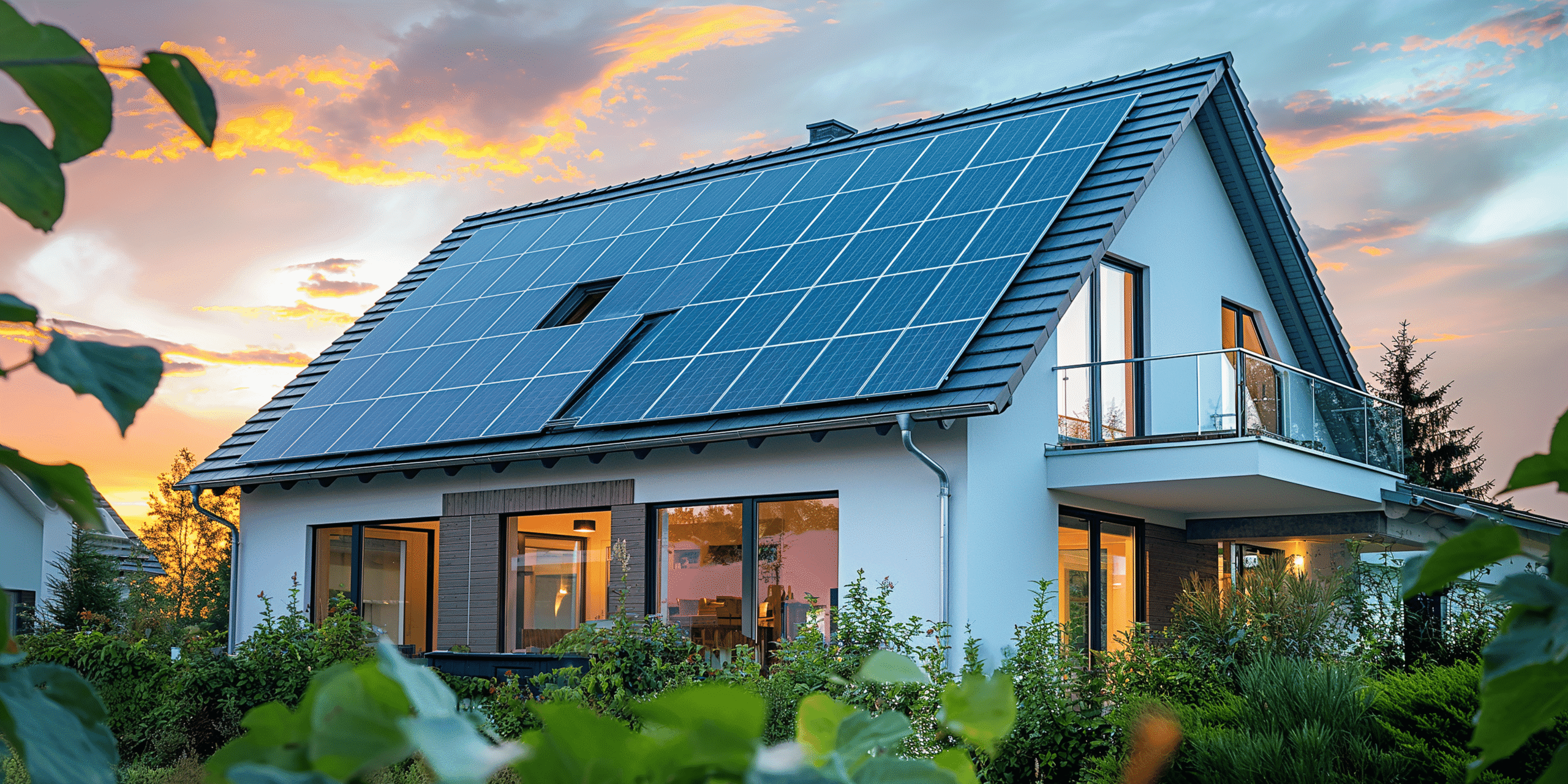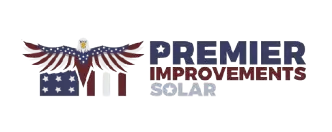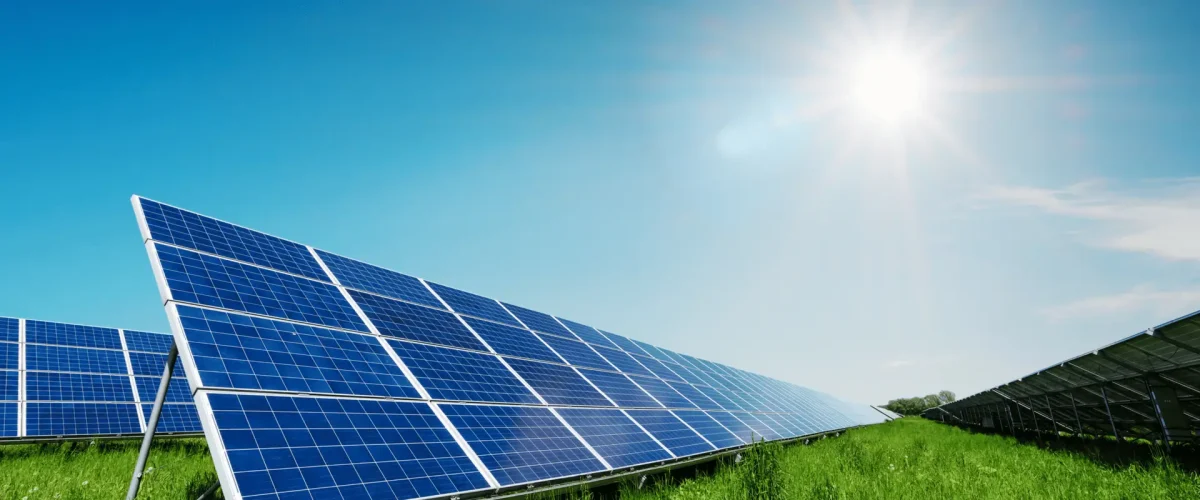When you are thinking of putting up solar panels on your home or business, one of the most important decisions that you can make is the direction your solar panels should face. The direction and the angle of your panels have a great influence on the amount of energy that your system can generate. This is explained in easy terms below.
Why Direction Matters for Solar Panels
Solar panels operate through the process of harnessing the sunlight into electricity. It goes without saying that the more sunlight captured, the more energy the system will generate.
The direction will dictate the amount of direct sunlight the panels will receive during the day.
Best Direction for Solar Panels
South-Facing Solar Panels: The Gold Standard
South-facing solar panels are mostly preferable in the Northern Hemisphere, in which the whole United States belongs.
- The sun goes through the southern side of the sky
- The days are the longest with the South-facing panels receiving maximum sunshine
- This orientation optimizes energy output particularly during the period of 9 a.m. and 3 p.m. which are optimal hours of the sun.
Pro Tip: When the roof is facing true south then you are at the optimum spot to utilize your solar panels.
Are Other Directions Still Worth It?
Not all houses have a roof that faces southward. The good news? Solar is operable despite panels not facing south.
East-Facing Panels
- Advantages: Suitable in the morning sun
- Cons: A general reduction in sunshine; falls in the afternoon
- Best In: Homes that have more energy consumption during the morning
West-Facing Panels
- Advantages: Use the afternoon and early evening sunshine
- Cons: Reduced overall production compared to south
- Best In: Homes that consume a lot of electricity in the afterwork or hot afternoons (as in the case of air conditioning)
- Fun Fact: In other states such as California, west facing solar panels can be used to help relieve the strain on the grid during the peak times
North-Facing Panels
- Unusually discouraged in the U.S.
- Receive an insignificant amount of direct sunlight
- It is not suggested unless there is no other direction viable and there is not enough space
What About Roof Angle (Tilt)?
Other than direction, other factors are the tilt or angle of your solar panels.

Ideal Tilt Angle
One of the general guidelines is to equal your latitude.
For Example:
- Miami, FL (25 degrees latitude)- 25-degree tilt
- Denver, CO (39 degrees latitude) – 39-degree tilt
This will assist your panels to remain at the proper angle to the sun throughout the year.
Flat Roofs
- On flat roofs, the panels are normally installed on adjustable racks
- They can be tilted manually by installers to the best possible angle, which is usually south-facing
- Pro Tip: The slightest tilt prevents dust and debris accumulation by facilitating the rain runoff and cleaning the area.
Seasonal Adjustments: Do They Matter?
Solar panels should be able to follow the sun around like a sunflower in an ideal world. There are also luxury systems with solar tracking which changes direction and tilt throughout the day or with the season.
But most people who are homeowners find it more economical and convenient to use fixed panels. Even in a fixed-tilt (south facing) system, a properly located system will be very effective throughout the year.
Location-Specific Considerations
Various regions of the U.S. can have a favored orientation of solar panels based on climates, utility rates, and solar incentives.
Northern States
- Panels that face south should always be suggested to get the lower-angle winter solar.
- Look at steeper levels of tilt to enhance performance in winter and to remove snow.
Southern States
- The sun is nearer on the overhead.
- Panels may be flatter (between 15 degrees – 25 degrees).
Western States
- The electricity rates of time-of-use are more beneficial to the west facing panels with regard to evening energy generation.
- Think about the storage of excess energy, i.e., energy storage systems such as batteries that can be used during the night.
HOA and Roof Constraints
Prior to installing solar panels, consider:
- Association Regulations – Certain ones may limit the exposed placement of panels.
- Roof Design –Complicated roofs can restrict maximum orientation.
- Shade –The shade may be made by trees, chimneys, or higher buildings.
A professional installer of solar will offer a solar site assessment so that they can advise you on the best orientation, depending on your circumstances.
Tools to Help You Decide
Several tools are available that can assist you to determine the optimal installation of your solar panels:
- Project Sunroof of Google: Provides the estimate relying on the location of your home.
- PVWatts Calculator: Assists in modeling the energy output of the direction, tilt, and location.
Should You Ever Choose West Over South?
In some cases, yes. If your utility company will charge you according to time-of-use—and in the late afternoon, electricity costs more—then it will save you more money to use western-facing panels.
There are also incentive programs to reward systems that are used to cut peak demand. Never neglect to consider energy production versus financial savings as a matter of special rate plans of your local utility.


